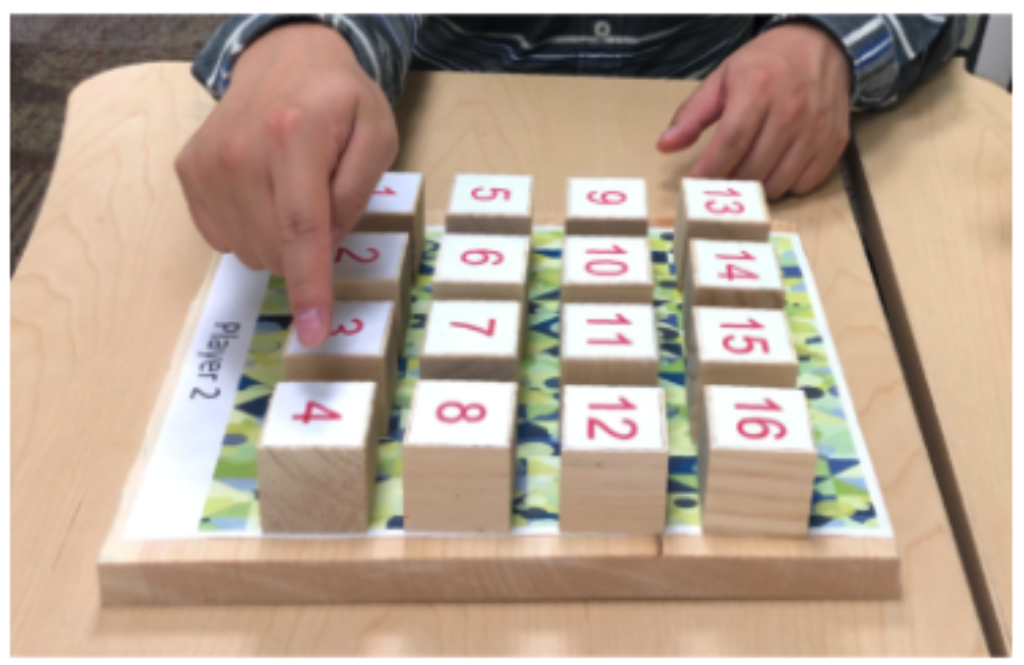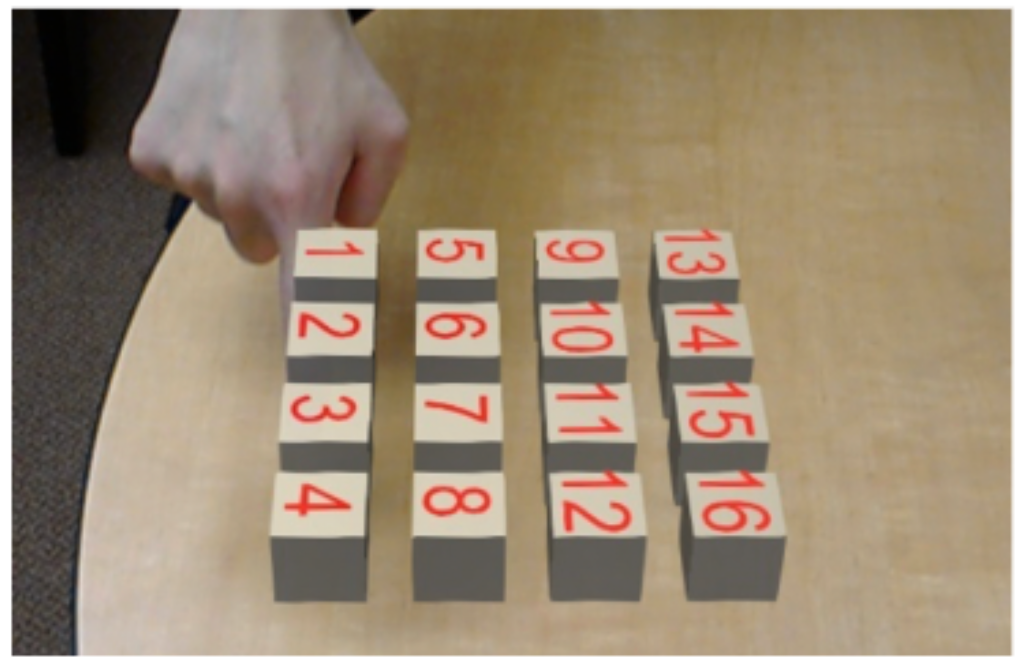An observer’s interpretation of a pointer’s referencing gestures depends on occlusion cues.
In many collaborative tasks, the need for joint attention arises when one of the users wants to guide others to a specific location or target in space. If the collaborators are collocated and the target position is in close range, it is almost instinctual for users to refer to the target location by pointing with their bare hands. While such pointing gestures can be efficient and effective in real life, performance will be impacted if the target is in augmented reality (AR), where depth cues like occlusion may be missing if the pointer’s hand is not tracked and modeled in 3D. In this project, we present a study utilizing head-worn AR displays to examine the effects of incorrect occlusion cues on spatial target identification in a collaborative bare-handed referencing task. We found that participants’ performance in AR was reduced compared to a real-world condition, but also that they developed new strategies to cope with the limitations of AR. Our work also identified mixed results of the effect of spatial relationships between us.


